From its intersection with Highway 101 outside of Forks, Washington, the Pacific Northwest Trail makes the final push to the Pacific Ocean and along its shore to Cape Alava. At the Hoh Indian Reservation the trail regains the narrow strip of Olympic National Park that runs along the peninsula's ocean coastline. The final 41 miles of trail are spent on ocean beaches enjoying the rock outcroppings, bald eagle sightings and bright colored anemones, and using tide charts to navigate areas that are only passable depending on the tides.
The first 20 miles from Bogachiel State Park follow Forest Service and logging roads on the way to the coast, the last 5 miles of which run along the scenic Hoh River. Once on the coast, campgrounds are well spaced between the numerous coves that make up this section of the Olympic Peninsula's coastline. This famous coastline is a popular but challenging hike, and it makes for a perfect finish to complete the 1,200-mile journey that started in Glacier National Park. At this point hikers should be comfortable with the process of obtaining the necessary permits and following the requirements for travel in Olympic National Park.
Obtaining accurate tide information and knowing how to read and use tide charts is an absolute necessity for this section of the PNT. Having a watch or another way to keep track of time is also needed. There are several areas where you will only be able to pass during low tide. Winds and storms can elevate tides above visible high water marks. NOAA maintains forecasts for tides and currents, and Olympic National Park has a resource page for tide safety along the Olympic coastline with more resources. The PNTA also strongly recommends purchasing the topographic maps by Custom Correct for this section of the journey.
The section from Hoh River to La Push is entirely undeveloped and only accessible by foot. The coastline is lined by impressive sea stacks and imposing headlands.
In La Push, hikers can pick up minimal supplies at the Quileute Indian Reservation. There is also a hotel, a restaurant, and a post office in the town. Here the trail hits a temporary block at the Quillayute River. Most hikers manage to buy a shuttle across the river provided by local fishermen for a small fee in the $10 range. Hikers can also try to hitchhike a ride in town or take the long walk east along the river up La Push Road to cross over a bridge and make their way back west to pick up the trail again.
Once you've crossed the Quillayute River, Cape Alava and the finish line of the Pacific Northwest Trail is 21 miles to the north. Cape Alava is the westernmost point of the contiguous 48 states, a fitting place to end to the journey that began a few months earlier at the Continental Divide. This final section of trail is another 21 miles of coastline with no roads to interrupt the enjoyment of waves lapping the shore.
Most PNT hikers return the 3 miles inland from Cape Alava to the campground at Ozette Lake and hitchhike the 20 miles to Clallam Bay to catch a bus run by Clallam Transit System back to Port Angeles. Some also opt to continue the journey north through the Makah Indian Reservation to Shi Shi Beach and Neah Bay. It adds at least another day to the journey, but from Neah Bay you can pick up a bus directly to Port Angeles without needing to hitch. For those choosing to end at Ozette Lake, it is a popular trailhead with most cars heading back to Port Angeles. At this point as a thru-hiker you will be so well versed with hitchhiking that this one will be an easy hitch to arrange.
For additional details, refer to the following PNT section:

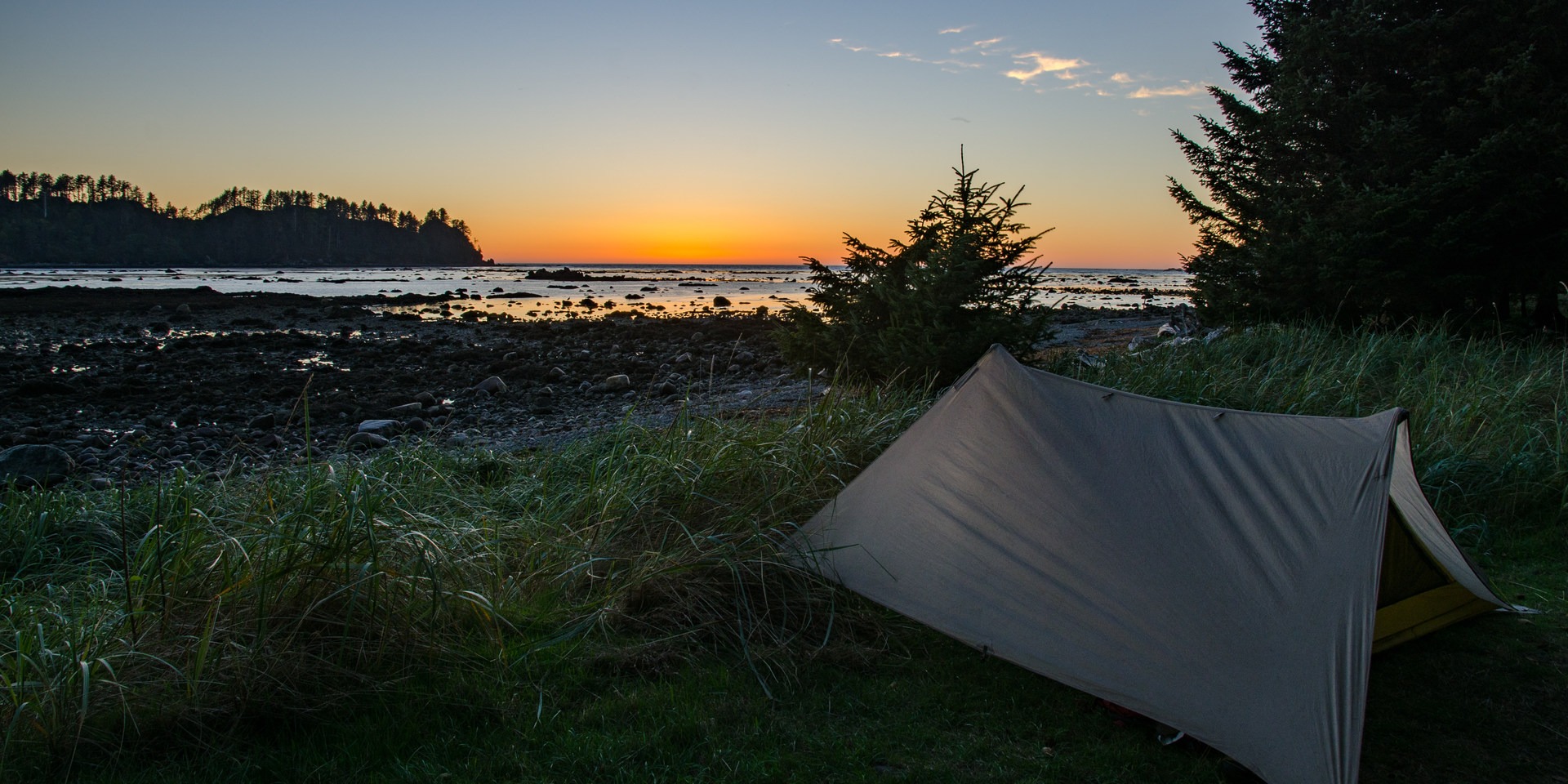
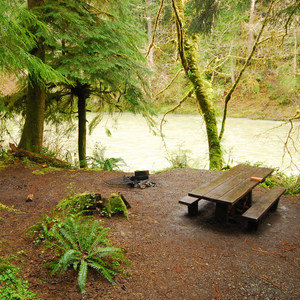

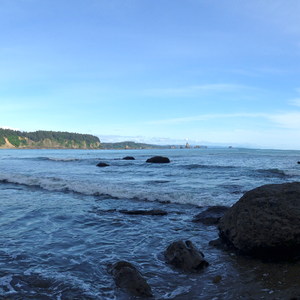

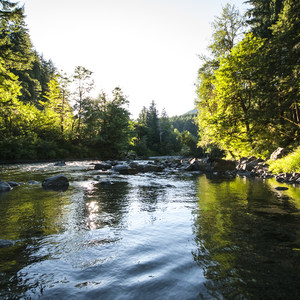
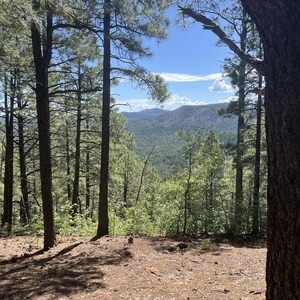


Comments
Sign In and share them.